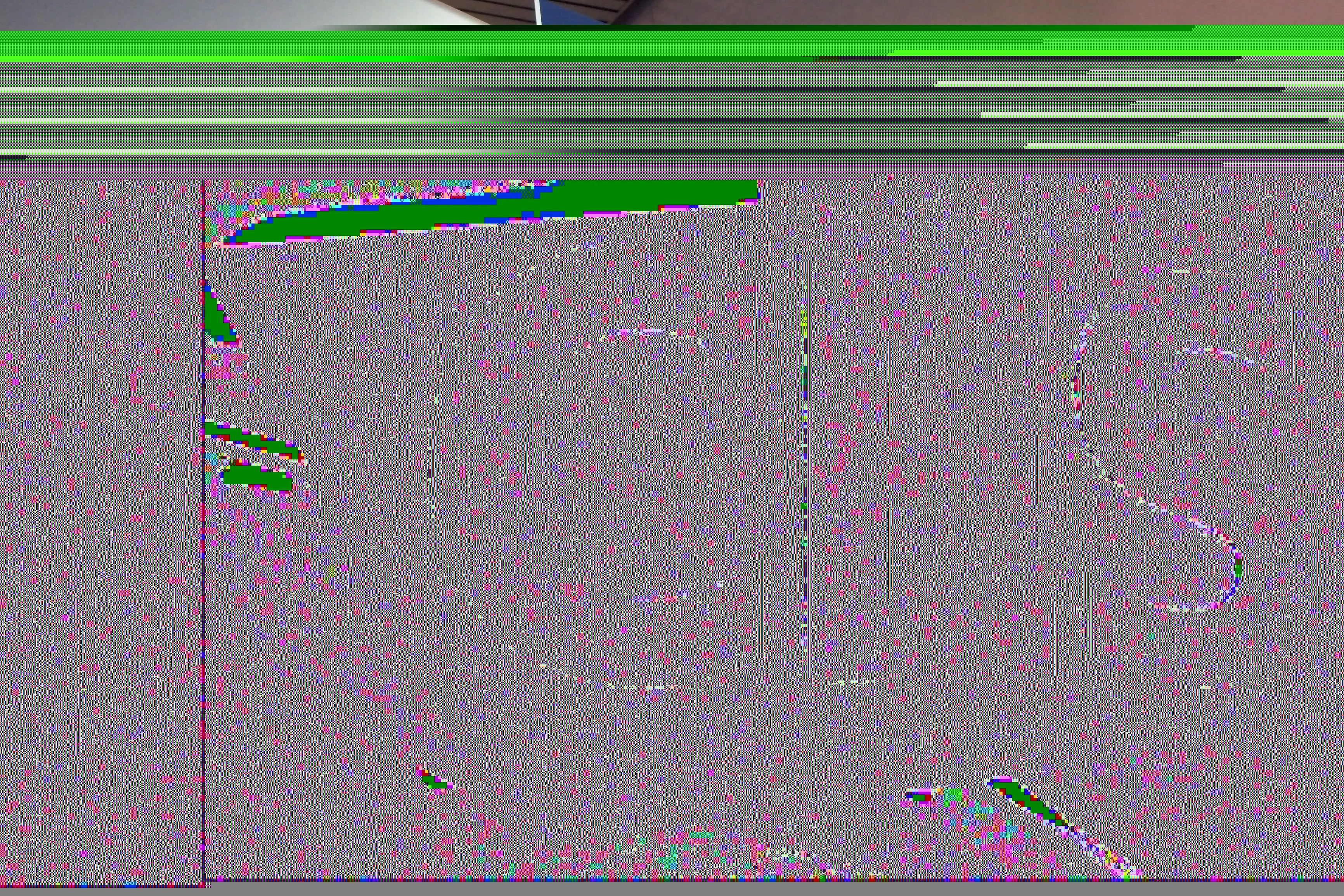
Visitors to the
The Danish company designed the Master 2000 for smaller jobs and longer road stretches in city areas to along urban and interurban roads. It can also adapt to more difficult and narrow surfaces.
Operation of the Master 2000 is made easier because of advanced on-board LineMaster computer. Also, the machine’s speed pilot is now integrated in the arm rest, while the computer panel is mounted on a 3D adjustable rod. This ensures a clear view of the line marking equipment and application.
As an added treat for Intertraffic visitors on Wednesday, 6 April, one of Borum’s Dutch customers, Van Rens, will demonstrate a BM 3000 DL thermoplastic machine equipped with a Dot’n Line extruder. Several demonstrations showing the machine doing a line with dots in thermoplastic material will take place, starting at 10:30 with the last one at 16:00.









